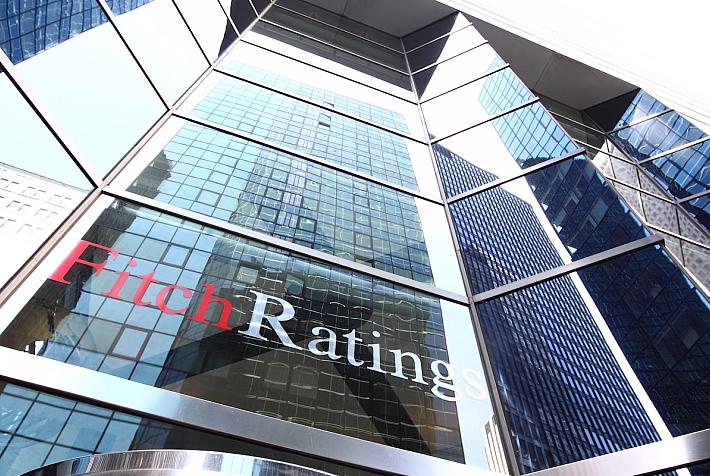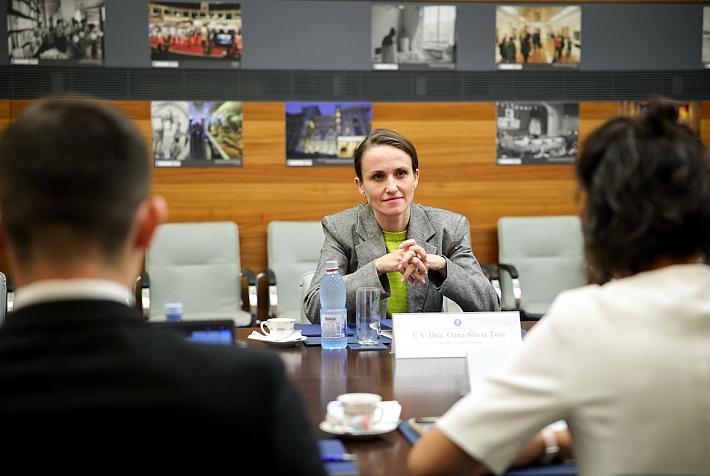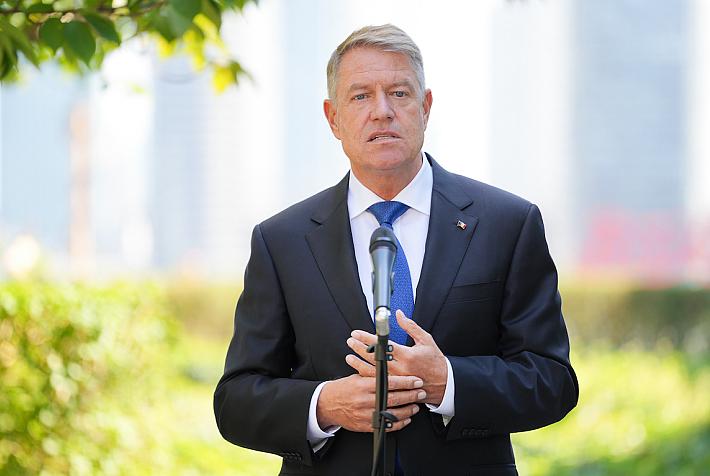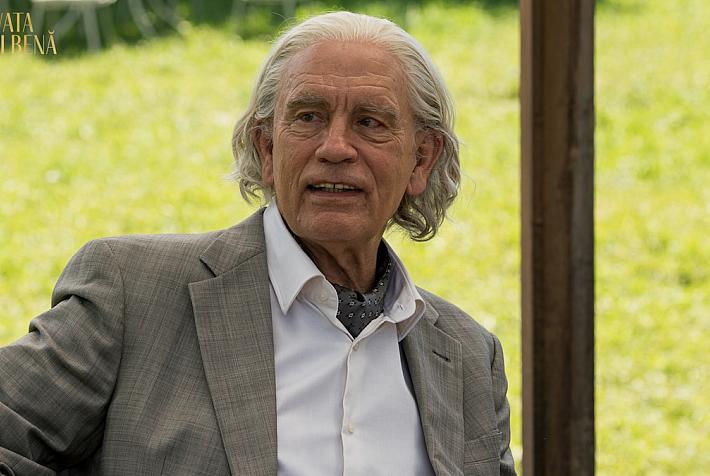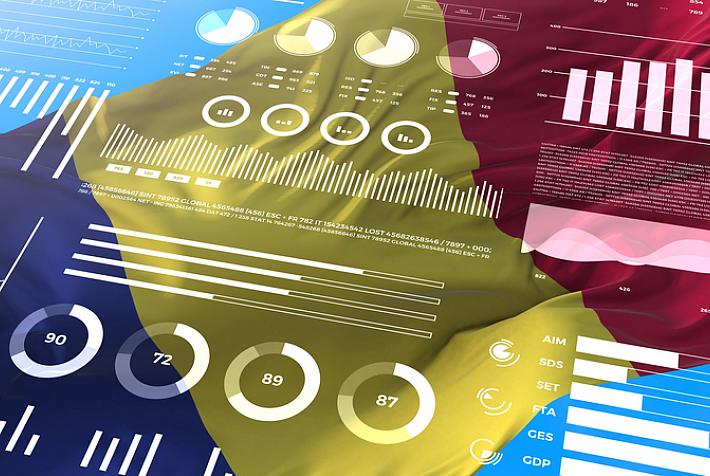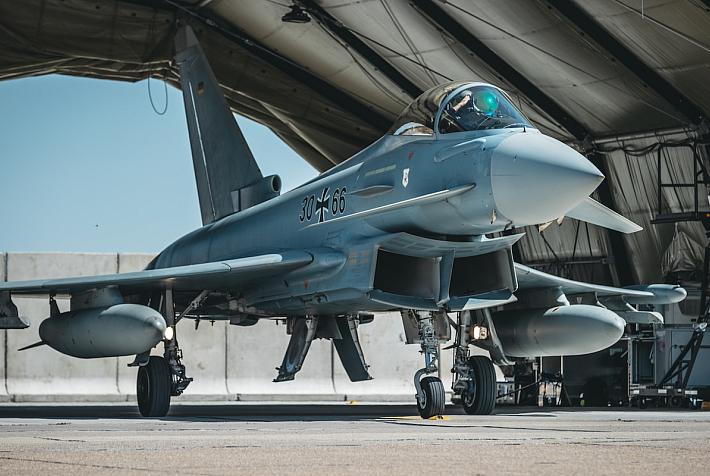Romania - 30 years of democracy: 1994
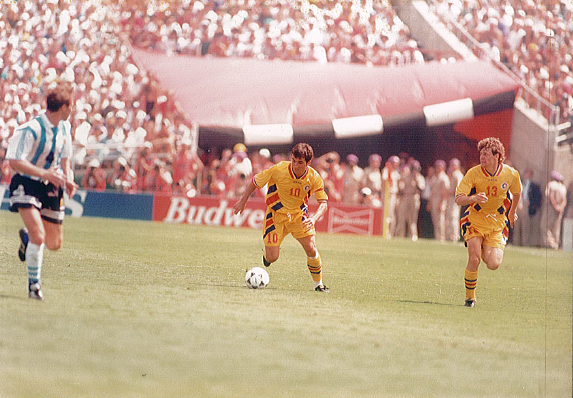
This year, Romania will celebrate 30 years since the 1989 Revolution, which marked the fall of the Communist regime led by dictator Nicolae Ceausescu, and the country's turn to democracy. This article series by Romania-Insider.com is a year-by-year look into the major events that have shaped today's Romania.
Four years after the fall of Communism, the Romanians were still trying to find their way to a better life. And in a difficult economic and political context, a Ponzi scheme that promised fast and major earnings for those participating in the scheme proved to be quite successful until it all finally crashed in 1994. The same year the Romanians got to live powerful emotions during the World Cup, when the national football team touched a great performance, making history.
Meanwhile, after the visit in 1992, King Michael I tried to return to his home country one more time in 1994 but was stopped at the airport and forced to leave the country once again.
An amazing year for the Romanian football
Romania’s national football team touched its greatest World Cup performance so far at the 1994 edition of the competition held in the United States. In addition to reaching the tournament’s quarterfinals (the best result so far), the Romania-Argentina match was so good that the journalists at The Guardian decided that it was the best ever World Cup match.
The draw sent Romania’s national team to Group A, which also included Colombia, Switzerland and the United States, a result that announced tough matches for Romania. However, nothing seemed impossible for the Romanian team, as its best players were sent to the football field, including Ggheorghe Hagi, which the Romanian fans called The King.
The first match brought the first victory for the Romanian team, which beat Colombia 3-1. Although this victory was followed by a hard to take defeat in the match against Switzerland (which ended 4-1 for the Swiss team), the following victory against the United States (1-0) was enough to see Romania through as group winners.
In the round of 16, Romania played against Argentina (video below), and British sports journalist Craig McCracken of The Guardian came to the conclusion that this was the best football match ever at a World Cup. Romania won 3-2 and qualified to the tournament’s quarterfinals, its best performance ever at an international tournament. “The King” Gheorghe Hagi scored one of Romania’s goals while the other two were scored by forward Ilie Dumitrescu.
Although Romania stopped in the quarterfinals after a dramatic match against Sweden, the great moments offered by the Romanian players at this World Cup tournament have definitely remained in the memory of football fans. The performance was so great that the Romanians wanted Hagi elected president of the country.
The crash of the get-rich-fast Ponzi scheme Caritas
Caritas was the first and one of the biggest fraudulent financial schemes in the post-Revolution Romania. Active between April 1992 and August 1994, this Ponzi scheme was created by Ioan Stoica, an accountant from Brasov, who promised huge gains to depositors. An idea immediately embraced by a society who was already facing the harsh economic realities of a Romania free of Communism.
Ioan Stoica founded the Caritas company, which organized the scheme, in Brasov in 1992, but the company moved to Cluj-Napoca two months later. The deposits people had to make were small at first (up to 10,000 old lei), but later the minimum initial deposit was raised to 20,000 lei (with a maximum of 160,000 lei). Although only the residents of Cluj were allowed to make a deposit at first, starting with the summer of 1993 the scheme was made available to everyone.
Caritas promoted itself as a “mutual-aid game” aimed at helping impoverished Romanians during the transition to capitalism, while promising them eight times the money invested in only three months.
The support coming from the nationalist Romanian National Unity Party (UNPR) and the mayor of Cluj-Napoca, Gheorghe Funar, helped the scheme prosper. For example, in addition to defending Caritas from attacks, Funar even paid for space in the local newspaper to publish the list of “winners” who would see their money multiply eightfold. Less than a month before the crash of the scheme, the list reached 44 pages per day. Local banker Dan Pascariu estimated that between 35% and 50% of Romanian households were involved in the scheme. Meanwhile, National Bank governor Mugur Isarescu estimated that the scheme held a third of Romania's banknotes at one point.
Caritas attracted millions of depositors from all over the country, who invested more than a trillion old lei before it finally went bankrupt in mid-August 1994. By that time, the company had a debt of USD 450 million. The government banned pyramid schemes only after Caritas went bankrupt.
The first signs of the crash appeared in autumn 1993, when several international newspapers reported about Caritas, predicting its fall. At the same time, the Romanian newspapers picked up the subject as well, but Ioan Stoica also tried to counter the news, mobilizing an “army” of people to say good things about his scheme. He also opened a supermarket in Cluj under the Caritas umbrella, trying to show the business goes more than well.
The first payments were suspended for a few days in January 1994, when the official explanation was that thieves robbed Caritas’ cash office. The scheme was later banned in Bucharest and Ilfov county, and Stoica stopped the payments once again, to allegedly protest this decision. By spring 1994, it got clear that the get-rich-fast Ponzi scheme was not working anymore. Stoica announced the termination of activities in mid-May 1994, saying his staff was trying to find a way to return the money to the depositors. However, this didn’t happen and Stoica was sentenced to 7 years in prison for fraud in 1995. He finally got his sentence reduced to only one year and a half, and was released from prison on June 14, 1996.
King Michael I makes one more try to return home
Loved and hated at the some time, King Michael I was a key, controversial character of the first decade after the Revolution. While some would have wanted him to return to the country and rule Romania, the political class of the time was rather worried about such a possibility.
King Michael I managed to return to his home country in 1992, after a long exile. However, after this visit, he was once again refused entry to Romania, between 1993 and 1997. The former monarch made one more try in the fall of 1994 but he was stopped at the Otopeni Airport (video below, the moment when the King is stopped at the airport starts at 2:36). Soon after, the governing party PDSR asked the Ministry of Foreign Affairs to declare King Michael I persona non grata.
Three years later, in 1997, the Romanian government of the time restored Michael I's citizenship and again allowed him to visit the country. Romania’s last monarch died in Switzerland in December 2017.
Romania on the international political stage
In early 1994, Romania became the first post-communist country to join the Partnership for Peace programme (January 26, 1994), which meant that Romania as a state, as well as its Army started to focus on the values and reforms that have opened the way to NATO. Later that same year, Romania participated at the first NATO exercise in Poland. Romania officially joined the Alliance ten years later, in 2004.
Foreign heads of state also visited Romania this year. For example, in mid-February 1994, Croatian president Franjo Tudjman made a visit to Bucharest, where he and his Romanian counterpart Ion Iliescu signed the Treaty of friendship and cooperation between Romania and Croatia. Then, in early April, Serbian president Slobodan Milošević also came to Romania.
(Opening photo: Facebook/Gheorghe Hagi)






